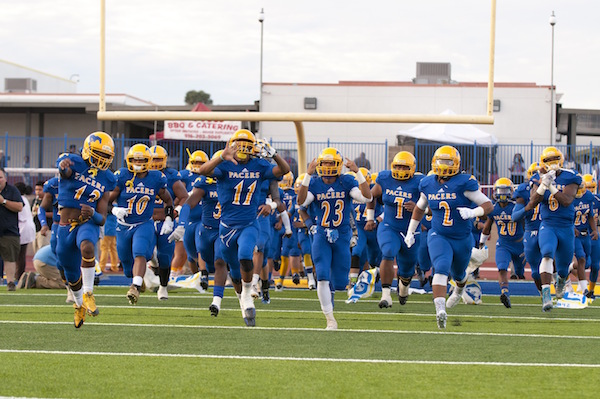Team Positions- The football position you want to play may not always be the one that best helps the team.
In sports politics you may hear, ” I’ve always been bigger than the other kids, so whenever we play football, I’m stuck blocking. I can throw the ball really far, and I understand the game, and I want to play quarterback, but no one wants to give me a chance. They just tell me to go hit someone. How can I get the coaches to think about me as a quarterback?”
—R.R., Vacaville
There’s a saying that “demography is destiny”. And too often in athletics you can substitute “size” for “demography” and get the same outcome — as you’ve learned.
One reason is that it’s a lot easier to find small athletes than big ones. Something like 15 percent of the 20- to 32-year-olds in the world who are seven feet or taller play professional basketball — and none of them are point guards. In fact, a lot of them can barely dribble. But size is such an advantage in basketball that their skills don’t really matter. At the same time, a really skilled 5-foot-1 point guard has pretty much zero chance of playing in the NBA.
Football Positions and Body Type-the Coach’s Point of View
So look at it from the football coach’s point of view: I have 35 varsity players. Ten of them, say, weigh more than 200 pounds. And of those ten, only a couple are athletic and can really make a difference.
Now, that same 35-person roster might have ten guys who can throw well enough to play quarterback. And of those, five might be smart enough for the position.
For the sake of argument, let’s say you’re in both groups — that is, you’re one of the three or four athletic 200-plus pounders, and you’re one of the five potential quarterbacks.
How many quality linemen does a high school team need to succeed? Let’s say several go both ways, but really, the minimum is seven.
How many quality quarterbacks does a high school team need to succeed? Two, really, but one of them probably won’t play if the starter doesn’t get hurt.
What’s the Coach going to do?
It’s pretty clear what the coach is going to do: He’s going to put you where the team needs you most. This is in the group that needs seven players, not in the group that needs one or two. You’re more valuable as a lineman than a quarterback unless you are clearly head and shoulders above every other quarterback candidate.
This same logic applies to running back and wide receiver — most high school teams need more linebackers than running backs, and more defensive backs than wide receivers. After all, if you have a really good running back, he’s going to get the ball most of the time. But you need at least three good linebackers to try and stop him. And two wide receivers will catch most of the passes, but you need three (or more likely four) defensive backs to cover them.
This is one of the great things about football: It is an ultimate team game, and sacrifices occur during play. Ten guys block so one guy can run, and sacrifices occur prior to playing (you play tackle instead of quarterback). For a football team to be successful, everyone must buy into the concept that what comes first is the team, not the player. And no matter how much prancing and dancing NFL wide receivers do, teams win football games, not stars.
Clay Kallam is an assistant athletic director and girls varsity basketball coach at Bentley High in Lafayette. To submit a question for Behind the Clipboard, email him at HYPERLINK “mailto:clayk@fullcourt.com” clayk@fullcourt.com
_______________________________
GET CONNECTED:
Follow SportStars on Twitter & Instagram | Like us on Facebook | Subscribe!
__________________________
[bsa_pro_ad_space id=21]_____

